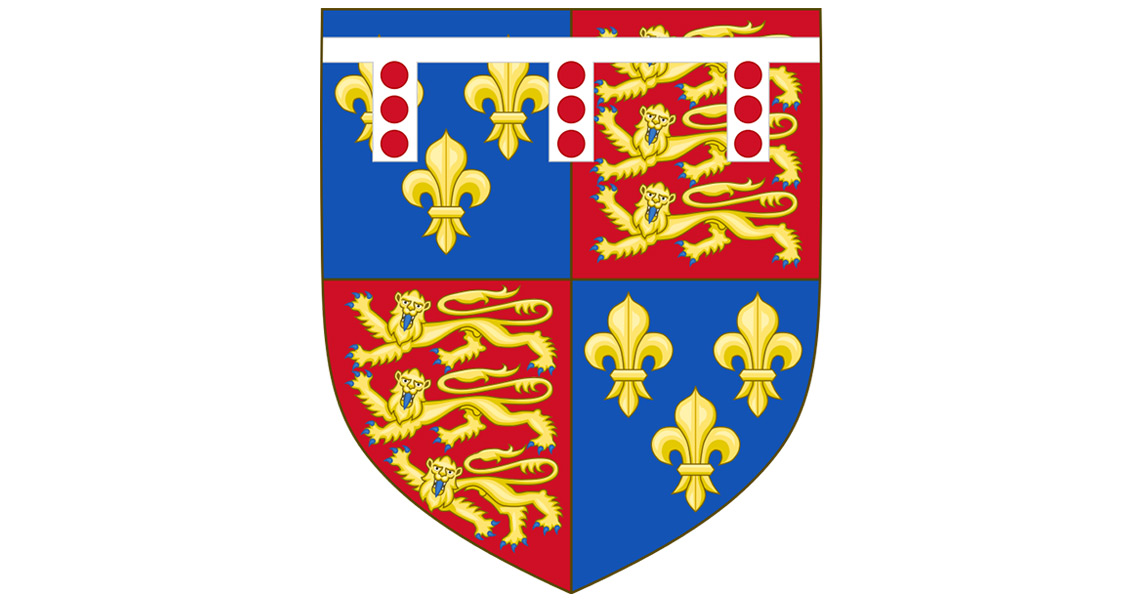<![CDATA[On 22nd May, 560 years ago, the opening battle of the Wars of the Roses was fought between the armies of the Houses of York and Lancaster at St. Albans, a town north of London. The series of conflicts over the English throne would rage for another thirty years, as the two powerful dynasties competed for power. The opening battle saw the Yorkists defeat King Henry VI's Lancastrian forces, with many important Lancastrian nobles dying in the fighting, including the powerful Duke of Somerset. Although after the defeat the king was forced to submit to the rule of his cousin, Richard of York, the fight between the two houses, the Yorks whose badge was a white rose and the Lancasters, who wore a red rose, had only just started. Both the House of York and the House of Lancaster held claims to the English throne through the line of descent from the sons of Edward III (King of England from 1327 until his death in 1377). The Lancastrians had occupied the throne since 1399. The reign of the first Lancastrian King, Henry IV, had been blighted by rebellion and political upheaval. His son and successor Henry V enjoyed greater success, restoring some stability to the country and perhaps more importantly for his popularity, scoring a series of major victories in the Hundred Years War with France. The succession of Henry VI in 1422, following the death of his father, saw England once again return to a state of chaotic lawlessness. Henry VI was widely considered to lack the qualities necessary to be a king, although this could of course be a consequence of the ultimately victorious Yorkists writing the history of his reign. It is clear that the countryside became dominated by powerful magnates with private armies, who did not answer to any higher authority. Taxation increased drastically, while a series of military defeats saw much of the French territory, and goodwill won by Henry V disappear. This near anarchy seemed to inspire the Yorks to push the claim to the throne the family had largely ignored for over half a century. Richard of York, backed by a powerful group of barons, was installed as protector of the realm in 1453, following Henry's descent into insanity. Henry's recovery in 1455 saw him attempt to restore the authority of his wife, the powerful Margaret of Anjou. The king and queen viewed the Yorkists as a threat to the succession of their son, Prince Edward, and dismissed Richard. Partly inspired by fear of an attack from the crown, Richard assembled a force of 3,000 soldiers and marched on London. Meeting the king's forces at St. Albans, the resulting battle lasted less than an hour but proved devastating to Henry's forces, with Henry himself being captured. After the battle, Richard was again installed as the protector of the realm. An uneasy truce lasted for four years, but the war was resumed in 1459 following repeated attempts by Margaret to reclaim her authority. By 1460 the Lancastrians had been defeated, and Richard of York was granted the right to ascend to the throne upon Henry's death. This was of course just the start of a long, complicated war which ultimately culminated in the ascent of the Tudor dynasty. Treachery, conflict and conspiracy would continue to dominate English politics for the next thirty years, in what became known hundreds of years later as the Wars of the Roses. Image courtesy of Wikimedia Commons user: Sodacan]]>
The First Battle of the Wars of the Roses
